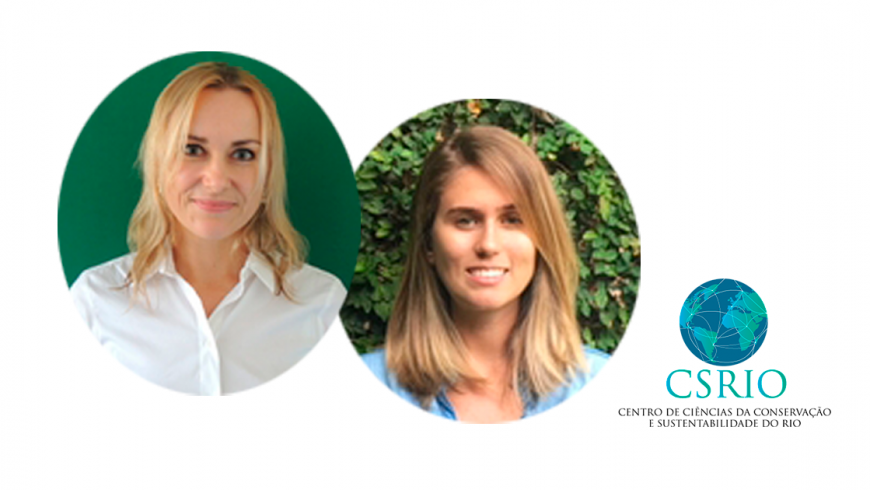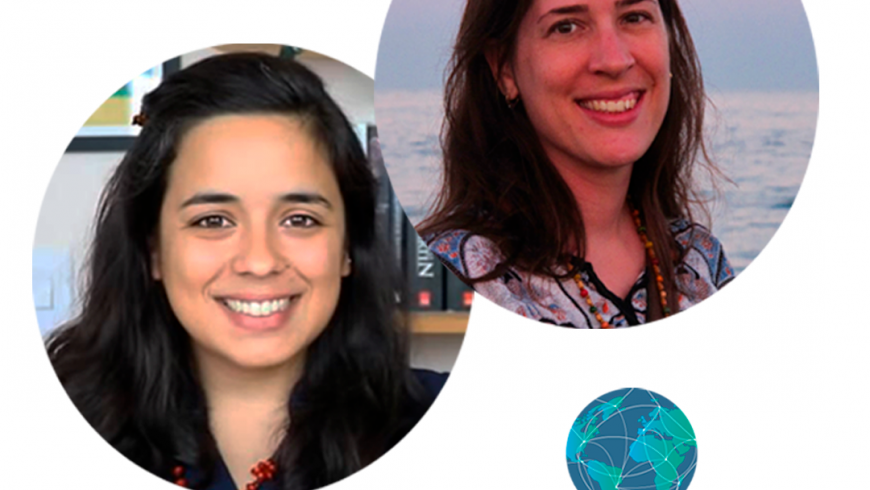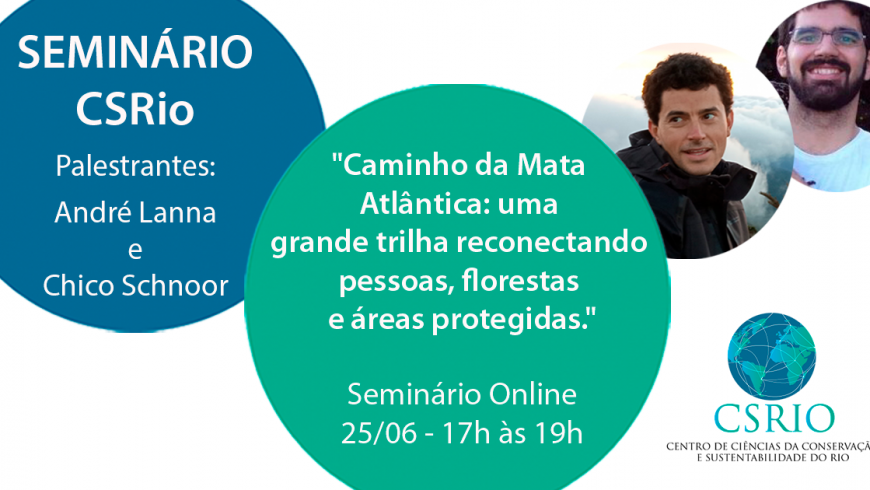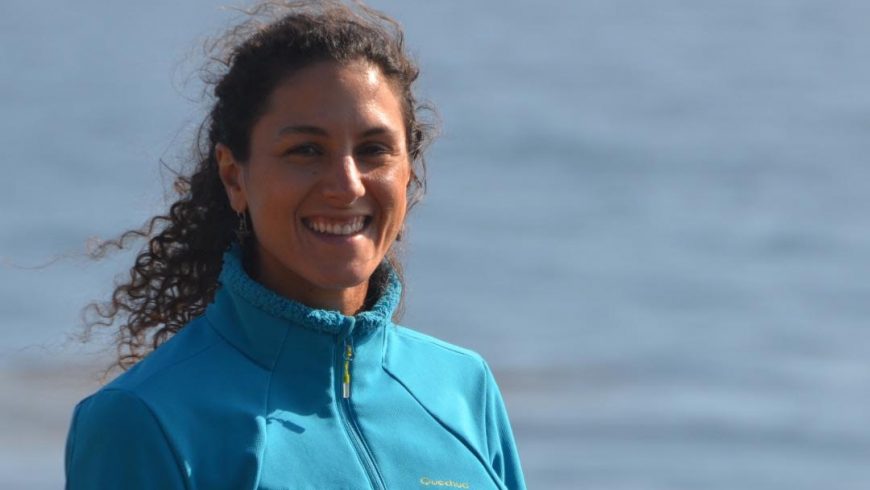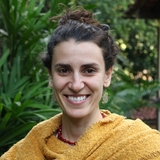The cerrado seen from a 4-wheel
Article originally published by Cíntia Borges on the Land Innovation Fund website What drives farmers in one of Brazil’s most productive agricultural regions to make decisions about land use? And what are the decisive factors when they choose to expand their crops or voluntarily conserve an area of native vegetation on their property? Entitled “Behavioral sciences applied to the sustainable soy chain”, the project coordinated by the International Institute for Sustainability (IIS) and carried out in partnership with the Center for Conservation Sciences and Sustainability (CSRio) at the Pontifical Catholic University of Rio de Janeiro (PUC-Rio), with support from the Land Innovation Fund, set out to hear from farmers in the Matopiba agricultural frontier to understand the criteria they use to adopt good agricultural practices in the field. The first stage of the project is already complete. Researcher Fernanda Gomes and field assistant Wallas Calazans explored more than 15 thousand km2 in a 4-wheel-drive vehicle through the Cerrado biome areas of the four Brazilian states – Maranhão, Tocantins, Piauí, and Bahia, which form the acronym Matopiba – to interview 60 farmers in the region. The data will be the basis for an unprecedented behavioral science study to map out financial incentives and public policies that interact with the concerns, needs, and challenges of farmers in the agricultural frontier that is making the greatest encroachment into Brazil’s remaining areas of native vegetation. The results of their analysis will be published by mid-2023. They used data and maps from the Brazilian Foundation for Sustainable Development (FBDS), the Brazilian Institute of Geography and Statistics (IBGE), the MAPBIOMAS project and Agrosatélite to map out, identify and prioritize field visits among the region’s 337 municipalities, based on three cut-off criteria: (a) surplus legal reserve areas available per municipality; (b) conversion rates of natural cover to anthropic uses in the last five years; and (c) soil and climate characteristics affecting the suitability for soy farming in the region. The field work was done in three trips, organized by region. In the first, in September, the researchers left Barreiras, in Bahia, and went halfway across the state of Piauí, from where they returned to western Bahia. In the second trip, in October, Fernanda and Wallas visited the north and central region of Maranhão, where they talked to soy growers, as well as to cattle ranchers and small farmers cultivating a variety of crops, in a region with a surplus of native vegetation, and very suitable for soy cultivation. The third trip, in November and December 2022, focused on Tocantins, with side trips to Bahia and southern Maranhão. Their initial planning was not enough, however, to locate and interview 60 farmers in the region. “We tried to contact people we knew or who had been suggested by others, but we couldn’t schedule the visits in time. Sometimes they were out in the field, or else the owner wasn’t on the farm,” explains Fernanda. “So we changed our approach. We mapped by satellite where the soy plantations are located, within our target municipalities, and started knocking on their doors, one by one. The difficulty was finding the owner, who was often in town or on another farm. But when we did, it was rare for someone to refuse to talk to us,” she adds. GETTING THERE: Taking makeshift back roads and even motocross tracks, the researchers overcame cartographic boundaries and farmers’ individual resistance – some busy, others suspicious – to get those interviews. Throughout the trip, they approached more than 200 farmers, to write down the results of long conversations with 60 of them, and to record in audio their own personal impressions after each meeting and interview. They received countless invitations for a cup of coffee or lunch, in addition to valuable travel tips for dirt roads that don’t even show up on the map. And they were in close-up contact with the diversity – and the reality – of the Cerrado biome in Matopiba, crossing marsh lands and tablelands, as well as areas of dense forest, close to the Amazon Forest, and other semi-arid areas, near the intersection with the Caatinga. With 91% of its area covered by the Cerrado biome, the Matopiba region shows growing rates of conversion of its native vegetation into farmland, especially for soy plantations. From 2000 to 2019, the area planted to soy in Matopiba grew 4.3 times, supplying 23% of this grain produced in the entire Cerrado biome. There are still another ten million hectares of native vegetation with high aptitude for agriculture at risk of deforestation in the region. Studies have shown that up to 34% of the remaining Cerrado could be converted to farming by 2050, especially in the Matopiba region. “We need to make it possible to reconcile Matopiba’s agricultural vocation with environmental conservation and the restoration of degraded areas. We know that the occupation of pasture areas, for example, is one possible way to contain the expansion of grain crops into Cerrado areas, and that financial mechanisms can stimulate the spread of sustainable practices in the biome. The International Institute for Sustainability (IIS) project will be fundamental for us to have a profile of rural landowners and to devise innovation solutions relevant to local needs,” says Carlos E. Quintela, director of the Land Innovation Fund. To approach the farmers, Fernanda used her own life story as a calling card and reason for the project. Like many farmers in the region, Fernanda was born in Paraná, the daughter of soy growers from Rio Grande do Sul. A journalist and designer by training, with a master’s degree in sustainability science and another undergraduate degree in biology now underway, she used her family background and personal interest as passports to introduce the research, and convince farmers to share their impressions, expectations, and plans for the future. The data was collected confidentially, using standardized questionnaires, and will be published without revealing the sources. In most cases, any initial mistrust gave way to warm welcomes and long conversations with the whole
Read more




